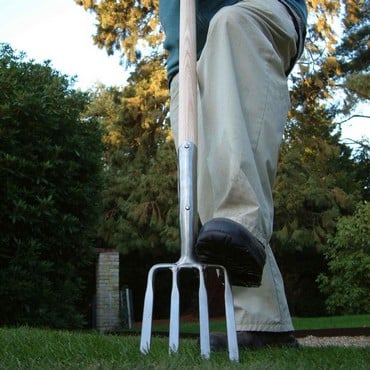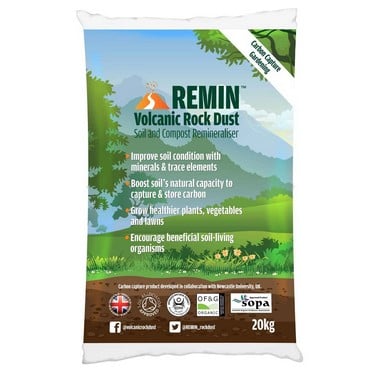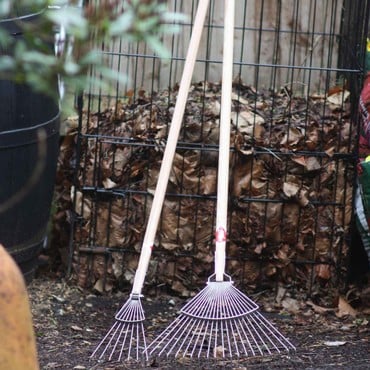A Guest Blog by Elementa Garden Design

So you thought Spring was the best planting season. Well, not exactly and here’s why…
The Science
Let`s take a quick look at the science before moving on to the good bits.
Both deciduous and evergreen perennial plants in our part of the world either go into dormancy or hibernation after November. The leaves begin to fall and the leaf rakes arise from the back of the shed, and then typically in April the leaves begin to emerge again.
When plants are in this state they cannot lose moisture, as luckily there are no leaves to supply. This means that you can safely take a plant out of its pot, or even dig it out of the ground and have the roots dangling in the air in some cases with no soil at all. If you did this when the plant had leaves on then it would die. Spring or summer is not the time to plant most plants as water loss through the leaves will occur when the plant hasn`t got the ability to replace it.
While on the science, there is one other important factor. Planting should be done as soon after leaf drop as possible. The longer you give the plant to establish its roots in its new position the better.
Roots although less active in winter don`t stop growing. If the plant is allowed to get its root system out of the pot and into rich soil way before the top growth (leaves & shoots) begins to demand the nutrients in the spring, then you will notice the difference.
Don`t worry about frosty weather. The plants you are buying are probably sitting above the ground on shingle suffering the full force of the cold weather and are probably frozen solid. They are far better off in the ground insulated by the soil. Just make sure that you do the actual planting when the frost is out of the ground so that you can backfill the planting hole with a friable compost mix.

Now that we`ve established the `when and why` there are other benefits to planting in this season;
Availability
A professional gardener will buy plants and trees from wholesale plant nurseries. These nurseries, unlike garden centres will probably have the greatest amount of stock just before the planting season in the autumn/winter period as they`ve used the summer months to safely bring on new plants. This allows the planting designer to develop a planting scheme with a full palette and without compromise.
Trees, roses and most hedging should always either be planted `bare root` i.e. they are supplied without any soil during transportation or `root balled` where their roots are wrapped in netting securing some soil. Trees and roses bought in pots may have some root memory whereby the roots even when out of the pot continue to go round and round in circles which isn`t ideal.
Nurseries that specialise in bare root trees and plants during the planting season are consequently flat out, unlike your local garden centre.

Soil Conditions
One of the reasons the planting season in October is so successful is that the soil still maintains some of the residual heat from the glorious English summer. This really does allow the plants to flourish and grow at an exceptionally quicker rate. Our soft landscapers always add soil-conditioning products such as Volcanic Rock Dust, which is a fantastic natural source of minerals that help to rejuvenate soils, helping boost both fertility and growth.
The planting season is also considered the best time of the year to remove the remaining weed growth from the surface with a trusted garden fork. It’s best to try and leave the ground open by forking over after the weed clearance. This will allow the bacteria to continue to multiply and by the spring you will have a nice fine tilth.

A better planting border
By bringing all the above points together, you`ll find that with a little bit of planning you`ll be able to create a fantastic new planting border. You`ll have fresh plants planted well in time for the big push in spring. If you find an experienced garden designer with particular skills to develop a planting scheme with you, you are set for an amazing new feature in your garden that will give you scent, colour, texture and attract the butterflies and wildlife bees into the bargain.
Nick Dickinson of Elementa Garden Design is a triple award winning garden designer based in the Cotswolds, Gloucestershire. Nick is able to take a design brief, however sketchy and transform your garden into something that will really stimulate the senses.






























